Even when you’re using a small amount of a certain product, many of the chemicals commonly found in skincare can have tremendous health and hormonal impacts and we are a long way from understanding the consequences.
Nowadays, we would often shop for skincare or other beauty products and add it to our cart or basket without bothering to check whether the ingredients present in the products can harm the environment. We pick out these skincare or beauty products assuming that all of the ingredients there are safe for us and our skin.
But did you know that these skincare ingredients are not just harmful to our own health but also to the environment we are living in?
Listed below are some harmful skincare ingredients to the environment:
Let’s tackle this one by one, shall we?
Oxybenzone and Octinoxate
You may have already been familiar with these two ingredients or they may sound new to you but oxybenzone and octinoxate are believed to be harmful to the coral reefs simply by increasing their vulnerability to bleaching due because it lowers the water temperature needed until they bleach and prevents their growth.
Oxybenzone and octinoxate are two ingredients that contribute to the sharp decline of coral reefs. High concentrations of this harmful chemical are found around coral reefs in Hawaii and Caribbean, altering the coral DNA and they act as endocrine disruptors.
Oxybenzone is also known to be the most active ingredient found in sunscreens and when do we usually wear sunscreen? Pretty much whenever we’re outside or at the beach so if you count the millions of people wearing sunscreen and dipping into the ocean, it can create a big impact on the coral reefs. It can also be found in lip balms and makeup products.
But - sunscreen is very important in preventing skin damage and hyperpigmentation so look for sunscreens with active ingredient titanium oxide or zinc oxide instead.
Triclosan
Triclosan is known to be an antibacterial agent that is used in antibacterial soaps but was banned from being used in health-care settings in 2016 but still allowed in some personal cosmetics. The reason why this ingredient is harmful is that it contributes to antibiotic-resistant bacteria which increases the risk of acquiring deadly infections aside from the fact that it also acts as an endocrine disruptor.
Triclosan is being used in antibacterial products such as hand cleansers and sanitizers, deodorants and laundry detergents as well as in toothpaste, shampoo, soap, and face wash. Triclosan is harmful to the environment as it can change the biochemistry of amphibians, fish, and aquatic plants when it is washed down the sink, hence being classified by the European Union as an ingredient having the potential to cause long-term adverse effects in the aquatic environment.
Triclosan doesn’t degrade quickly and tends to accumulate in the environment and reacts with other chemicals in waterways, forming a toxic known as dioxin.
Did you know that Triclosan also runs the risk of contamination with other toxic substances such as chloroform?
Parabens
Parabens are a group of widely used preservatives in cosmetic products. Parabens are highly effective preservatives in many types of formulas. They are found in shampoos, commercial moisturizers, topical creams, tanning products, makeup, and toothpaste. They are also used as food preservatives.
Parabens can cause different reactions to those with allergies. They are known to cause skin irritation. They may even result in rashes, blisters, and burning skin.
They are also linked to environmental harms, which can kill coral, have been detected in bodies of water. Parabens are seen to help viral infections spread among coral reefs. When parabens are combined with chlorinated tap water, a number of chlorinated paraben byproducts can form.
Alternative: there are a variety of paraben free skincare you can pick.
Siloxanes
This ingredient is found in anti-aging products, creams, lotions, and hair care products. High levels of siloxanes in samples taken from several locations in Nordic countries were reported by the Norwegian Institute For Air Research and the Swedish Environmental Research Institute.
Detectable levels of siloxanes were also found within fish and raised alarm about the bioaccumulation of these chemicals. Siloxanes can volatilize or contaminate the waterways.
These ingredients are part of the silicone family. A safer alternative may be glycerin which is a humectant ingredient and it is essentially non-toxic to humans and safe for the environment as well. Products like the Banish Oil are made with a glycerin base and contain none of the ingredients on this list.
Plastic Microbeads
Microbeads are small, solid, made plastic particles that don’t dissolve in water. They may be added to a variation of products, including rinse-off cosmetics, personal care, and cleaning products. Microbeads have been banned in the US, but some countries still allow the use of microbeads in products.
Microbeads are used as ingredients in many washes off skincare products. This includes as an abrasive or exfoliant, or a bulking agent, for controlled timed release of active ingredients, and to prolong shelf life.
They are usually too small and not captured by wastewater treatment systems. If they are washed down drains after use, they can end up in rivers, lakes, and oceans and build up.
Once in the water, microbeads can have a damaging result on marine life, the environment, and human health. This is due to their ability to absorb toxins and potential for those toxins to transfer up the marine food chain.
Avoid using products with microbeads and a good alternative as an exfoliating wash off are products containing alpha-hydroxy acids like the Pumpkin Enzyme Masque.
Synthetic Fragrance
Synthetic fragrances are high-performance scents that are made of synthetic materials. The aromatic scents that are created are endless and can take you from your everyday reality to a world of fantasy.
The ingredients used in synthetic fragrances are man-made and some are derived from petrole. Synthetic perfumed raw materials fall into the categories of chemically altered natural raw materials, and aroma chemicals that do not exist in nature.
Each fragrance can contain dozens of compounds that evaporate into the air, causing air pollution similar to the petroleum emissions from cars. This is because perfumes are designed to evaporate, and when the chemicals evaporate, it turns into a volatile organic compound.
Toluene
Love having your nails trimmed and pampered with nail polish or revamping your hair with a new color? Check if there’s Toluene present in it.
Toluene is a chemical that is commonly found in nail polish and hair dyes. The reason why this ingredient is harmful is that Toluene is a volatile petrochemical solvent that can be toxic to your immune system and can cause birth defects. Toluene is also used in paints, lacquers, inks, adhesives, rubber, and cleaning agents.
Toluene is a clear, colorless liquid with a distinctive smell. It is a good solvent and occurs naturally in crude oil and tolu trees. This harmful skincare ingredient is also produced in the process of making gasoline and other fuels from crude and in making coke from coal.
How Toluene can be harmful to the environment is that it evaporates when exposed to air and reacts quickly into other chemicals, water and soil bacteria. Toluene also has moderate acute toxicity on aquatic life.
Sodium Lauryl Sulfate/Sodium Laureth Sulfate
Sodium Lauryl Sulfate (SLS) is produced from coconut oil, palm kernel oil, or petroleum oil. It is used commonly in skincare products like shampoos, body washes, cleansers, and hand washes. It's what's responsible for making the product bubbly and foamy, which most of us associate with the term, 'squeaky clean'.
The other types of sulfates are Sodium Laureth Sulfate (SLES) and Ammonium Lauryl Sulfate (ALS).
The difference between SLS and SLES is that SLS is more of an irritant. SLS binds to the proteins on the skin's surface more so it can cause allergic reactions especially if a person has sensitive skin. SLES on the other hand has a more foaming ability.
The disposal of cleaning products releases SLS into the environment when it’s washed down the drain. SLS is known to be toxic to aquatic organisms according to the International Chemical Safety Card (ICSC) Database. Although it is toxic for the environment, it is not expected to persist in the environment.
It's best to consider products that are marked SLS-free to reduce the impact on the environment. Other surfactants that are more environmentally friendly include decyl glucoside found in the all-clear mint cleanser.
Phthalates
Phthalates or often called plasticizers are a group of chemicals used to make plastics harder to break or become more flexible. They are used in soaps, shampoos, hair sprays, and nail polishes. They are also used in detergents, lubricating oils. Because phthalates are used in a wide range of products, they are easily released to the environment. They are not chemically bound to products so leaching, evaporation, and migration during use may occur; thus, resulting in the risk of exposure for humans and other living organisms.
People become exposed to this by eating and drinking foods that have come in contact with the containers and products containing phthalates.
Diethanolamine
Diethanolamine (DEA) is a wetting agent most commonly used in soaps, dishwashing detergents, cosmetics, shampoos, and hair conditioners.
It is the ingredient used to create a rich lather and produce a smooth consistency in skincare products.
It is harmless on its own but when combined with other ingredients in a shampoo, cream, or lotion, for instance, it reacts to produce nitrosodiethanolamine (NDEA), which is extremely carcinogenic and can easily be absorbed by the skin.
It is widely used in industrial and consumer products which may result in its release into the environment.
Polyethylene Glycol (PEG)
Polyethylene Glycol (PEG) can also be referred to as Polyoxyethylene (POE) and Polyethyleneoxide (PEO).
They are petroleum-based compounds that are used in cosmetics as thickeners, softeners, solvents, and moisture-carriers. PEGs work amazingly at retaining moisture so they are used as humectants and anti-caking agents for cosmetic products.
The food industry also uses PEGs to reduce the amount of foam during food processing. PEGs may be contaminated with measurable amounts of ethylene oxide and 1,4-dioxane, depending on the manufacturing processes. Both compounds are possible human carcinogens. 1,4-dioxane is also persistent which means it doesn't easily degrade and can remain in the environment long after it is rinsed down the shower drain.
PEG compounds themselves show some evidence of genotoxicity and if used on broken skin, they can cause irritation and systemic toxicity.
While it’s good to purchase skincare and other beauty products we’d love to have and use at home, it’s still best to read the labels carefully and check the ingredients to see if it is made of ingredients that can harm the environment before adding them to our cart or basket. One person’s choice may seem like it may not make a difference, but it definitely counts if we work together as a whole to protect our environment and ourselves.
Better to be safe than sorry, right?
We can protect our skin and at the same time doing our share to take care of our environment.

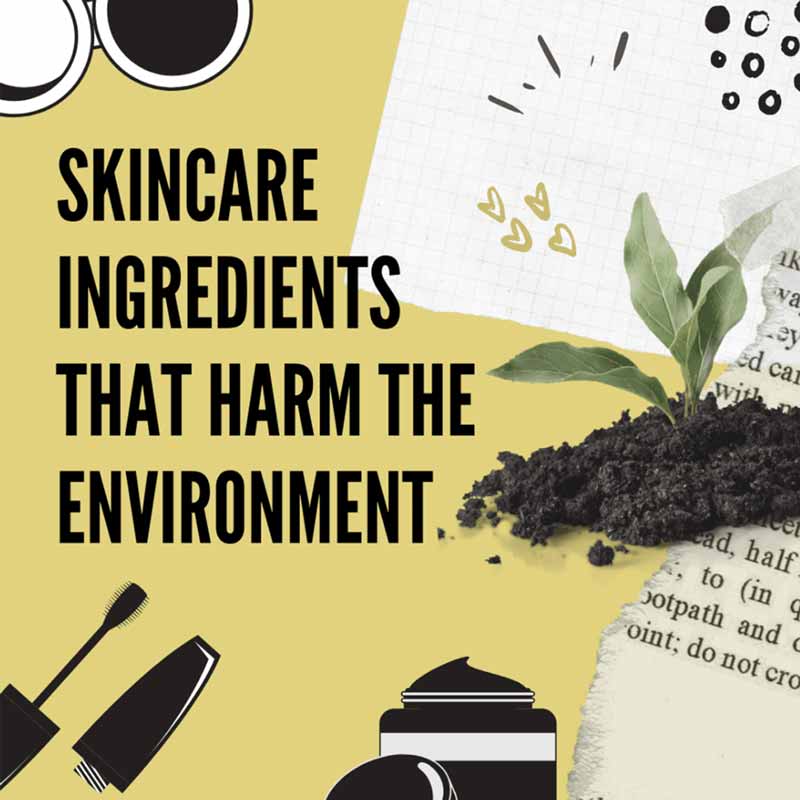


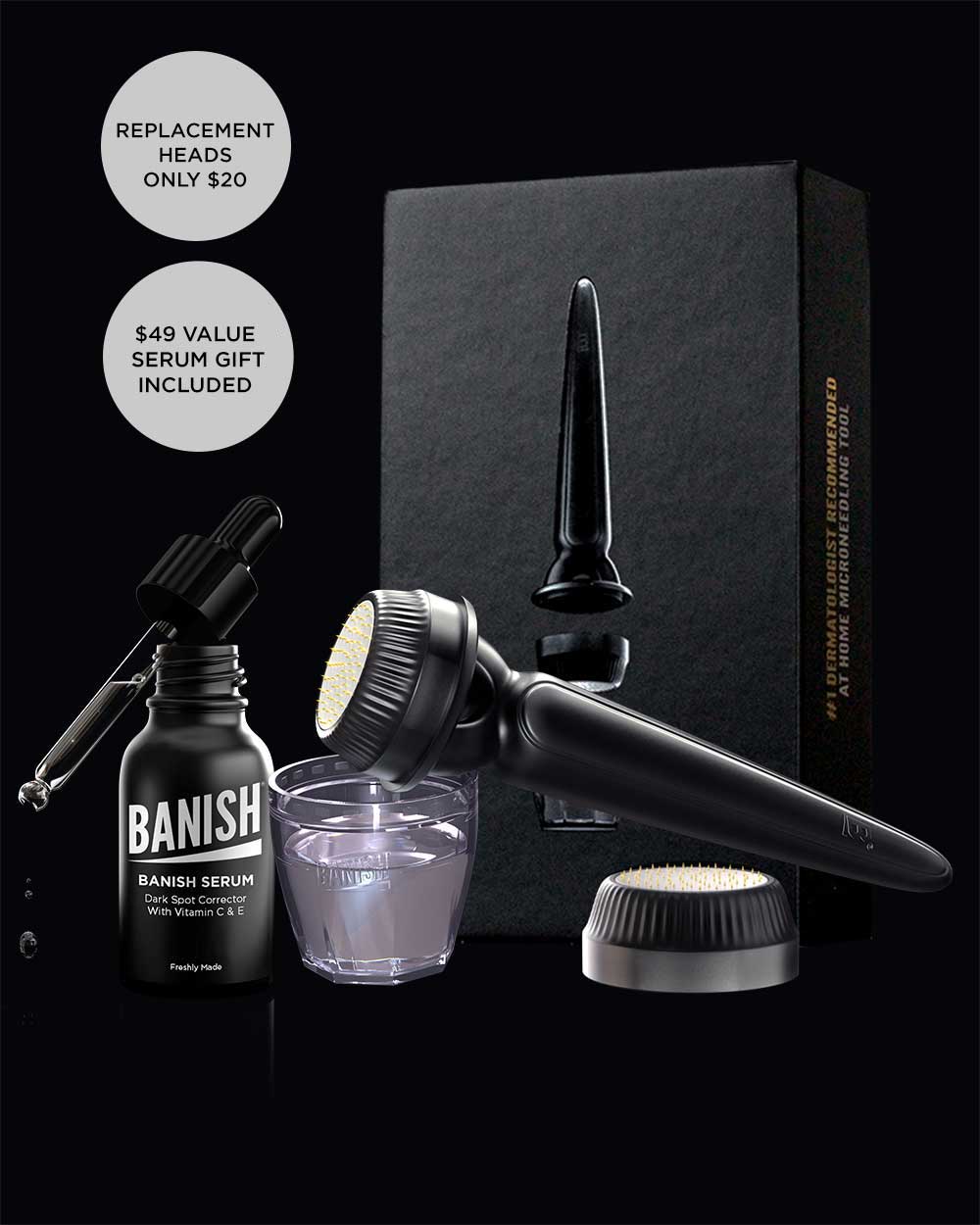
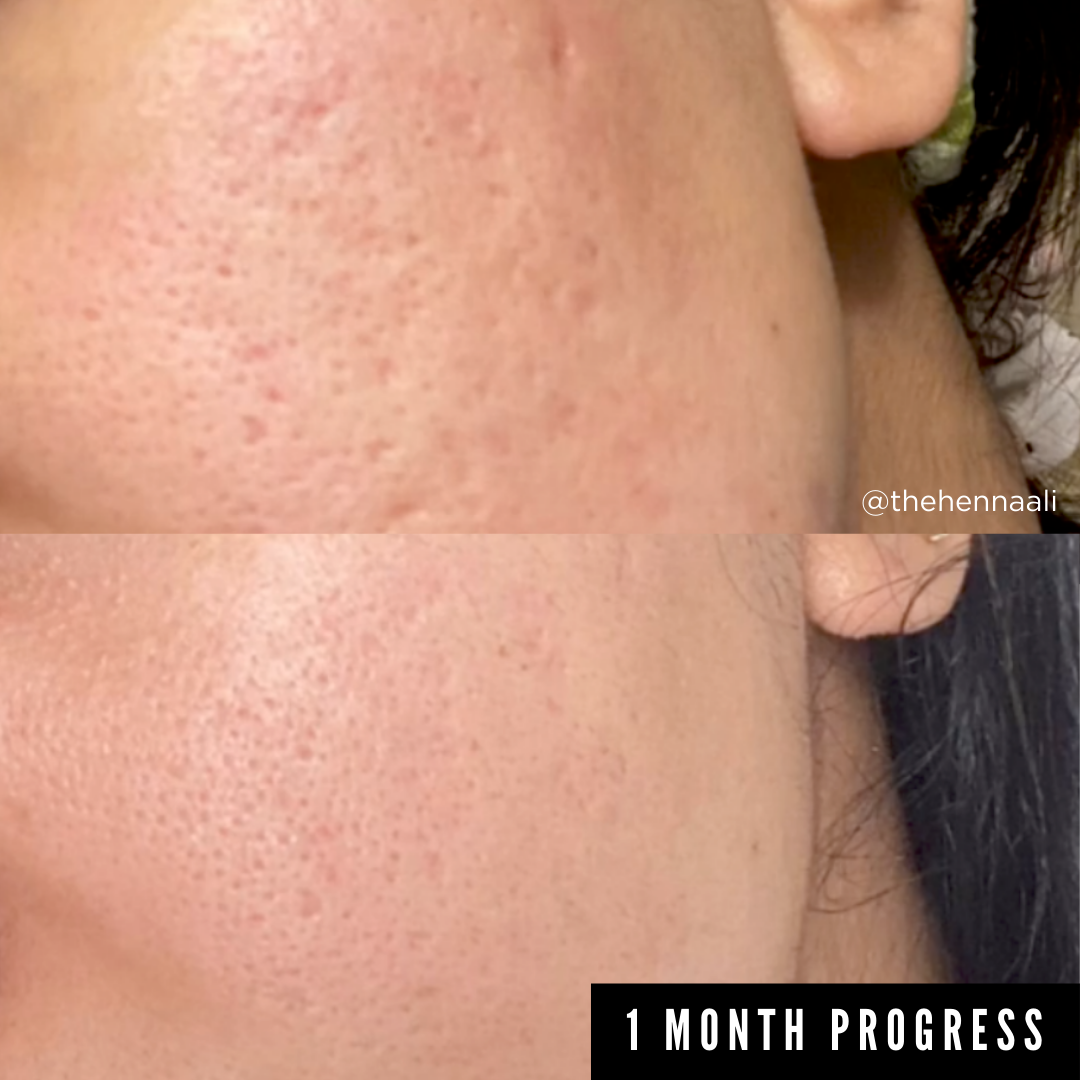

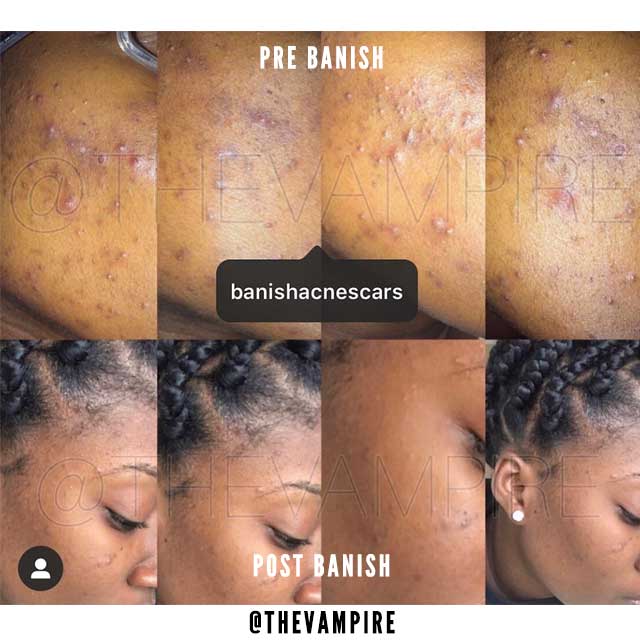
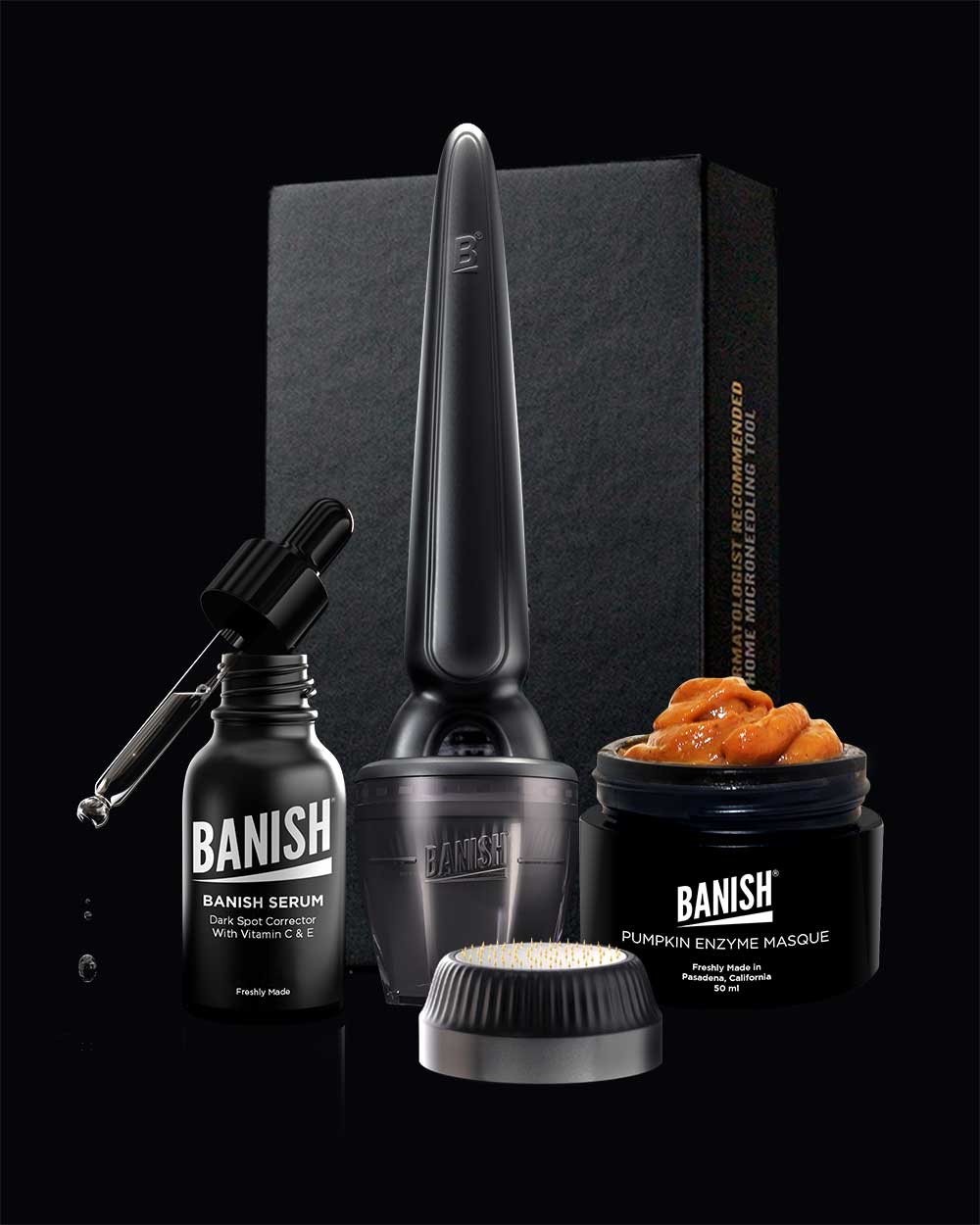
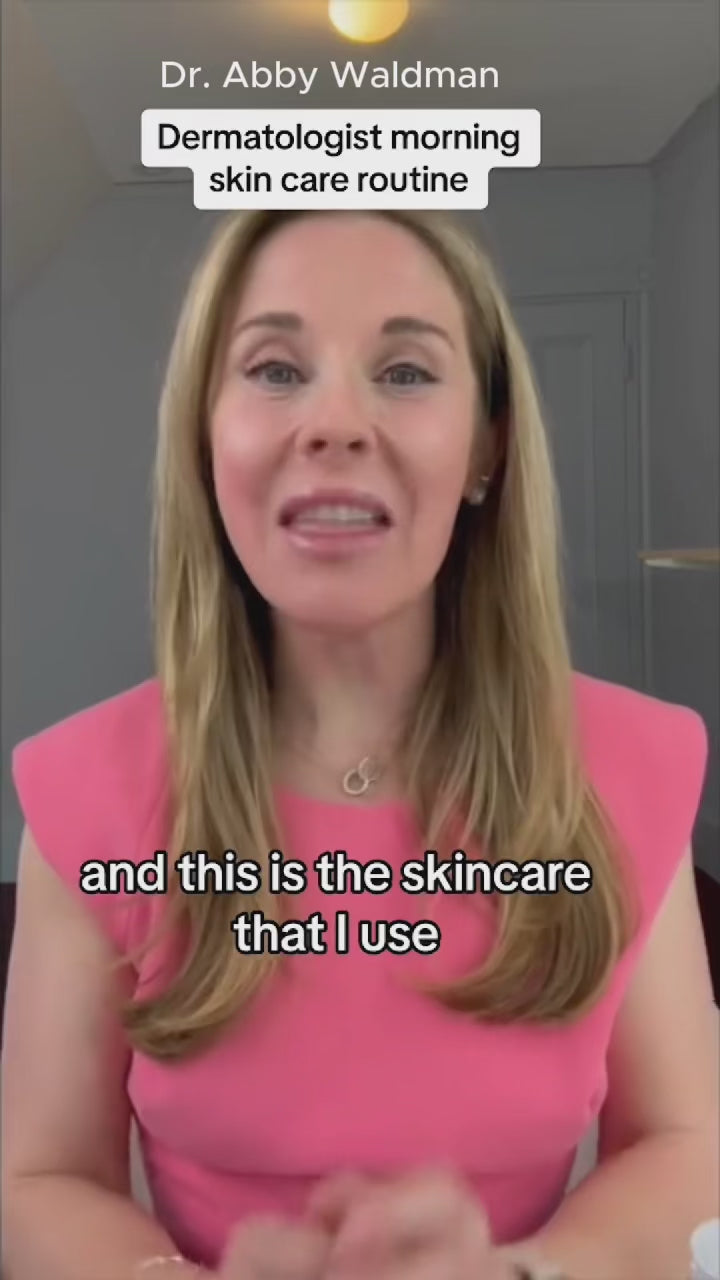
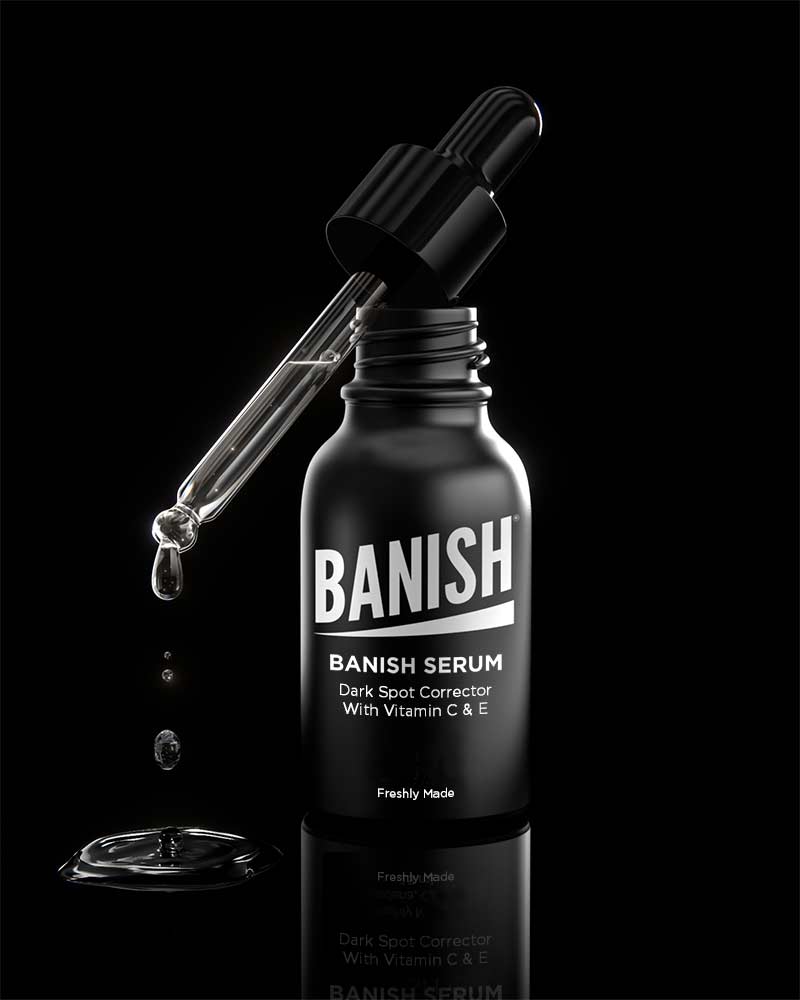

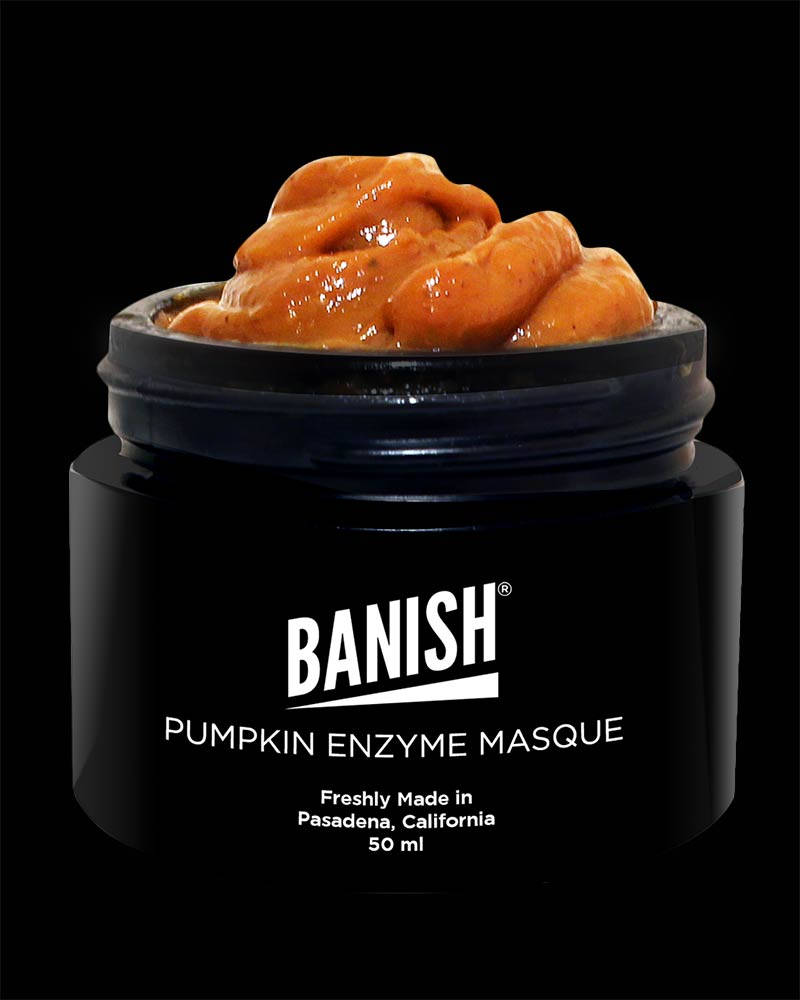

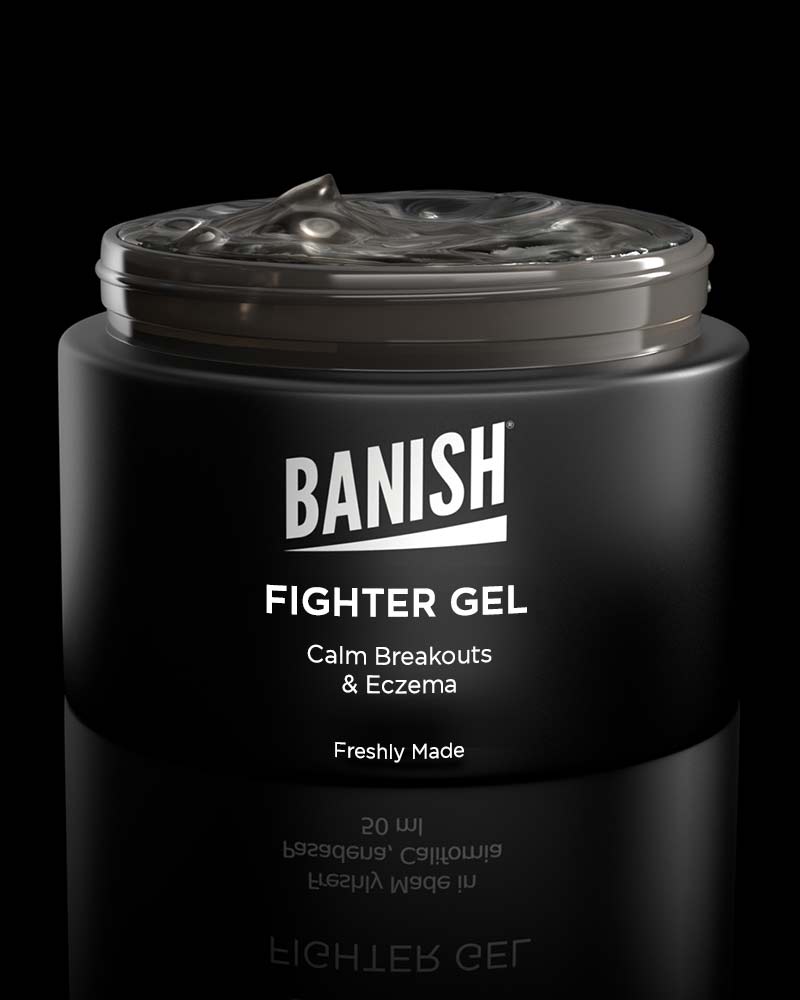
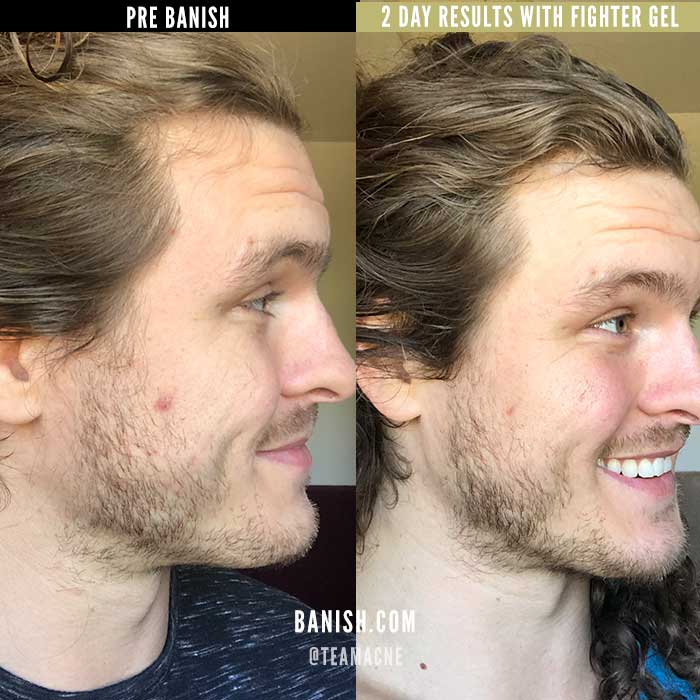
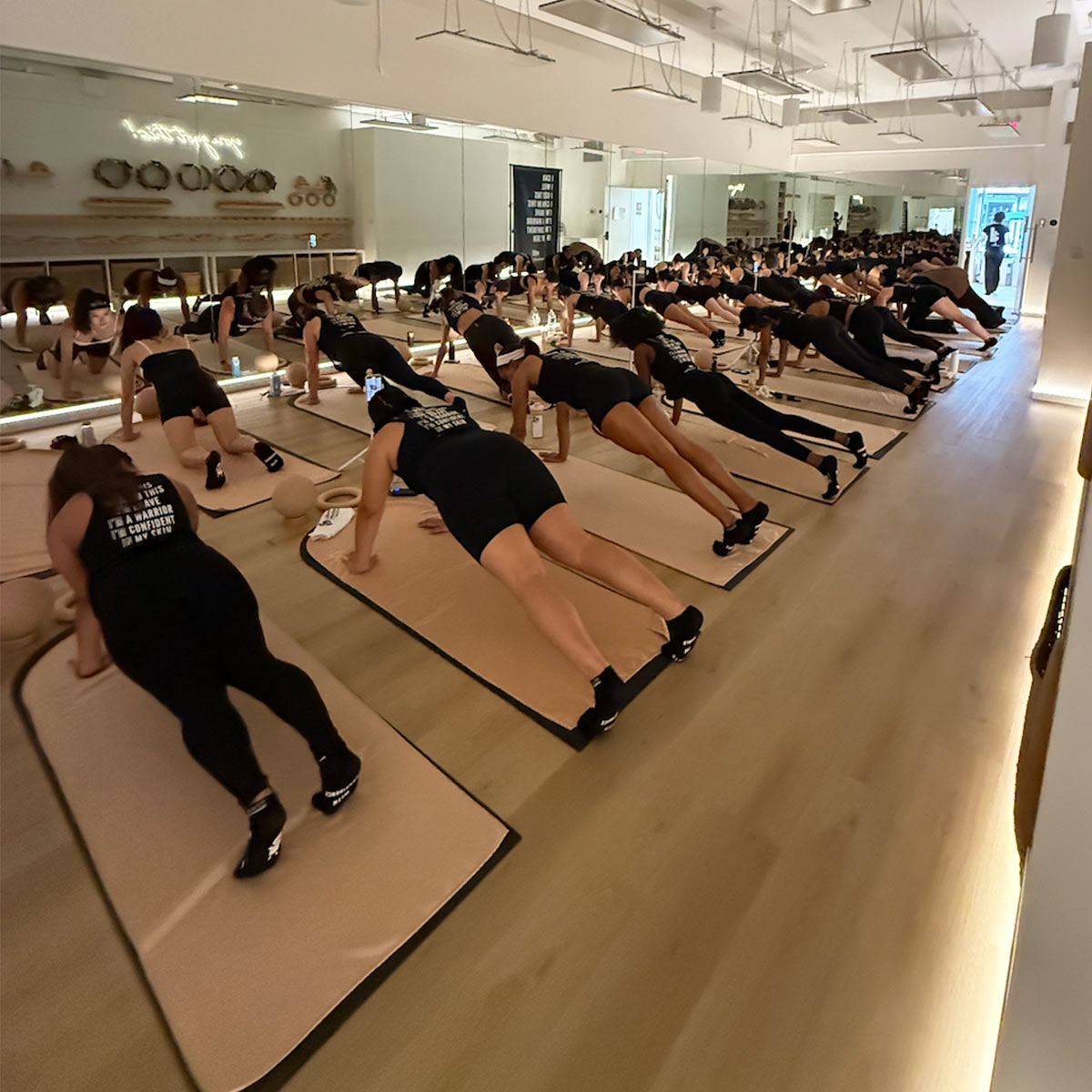
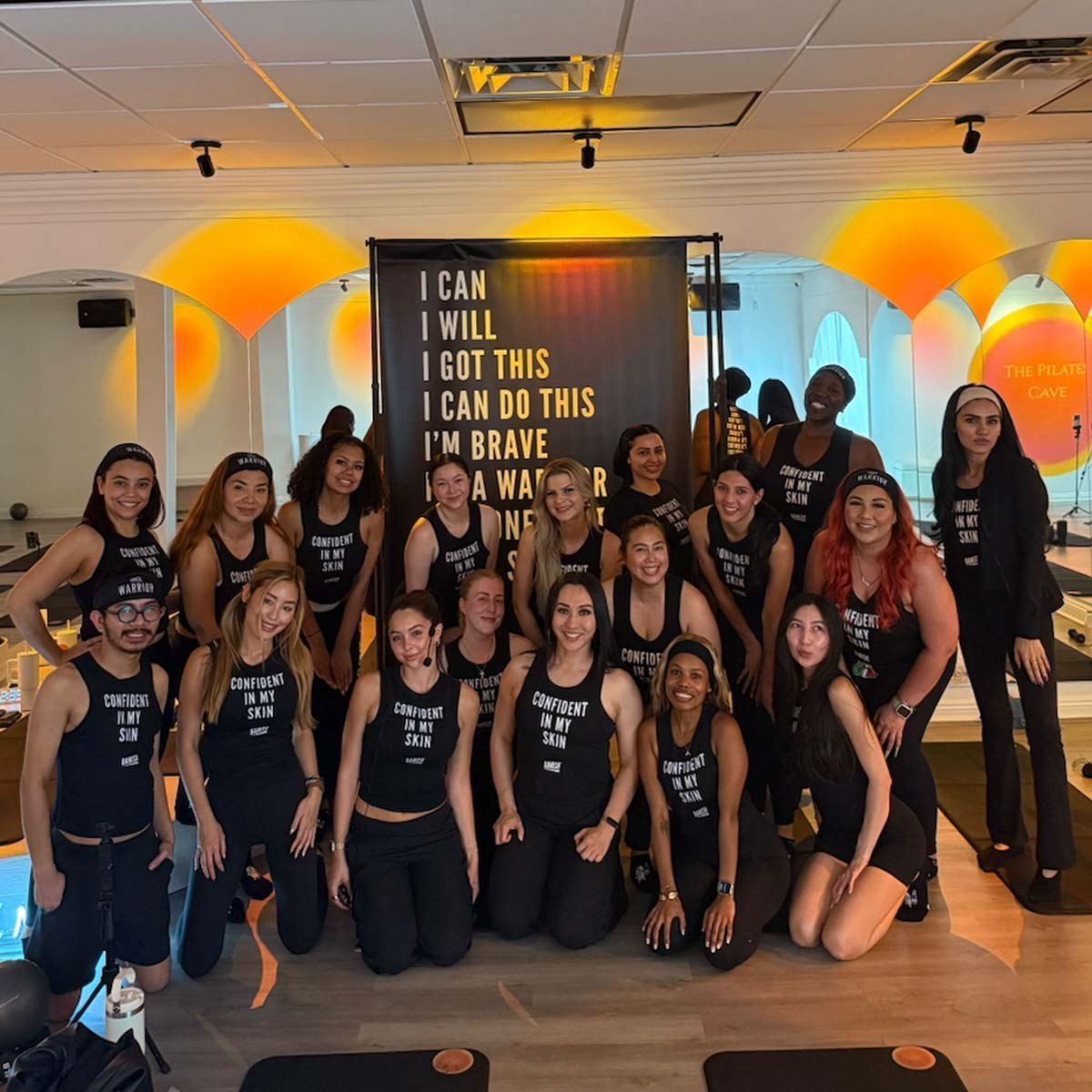
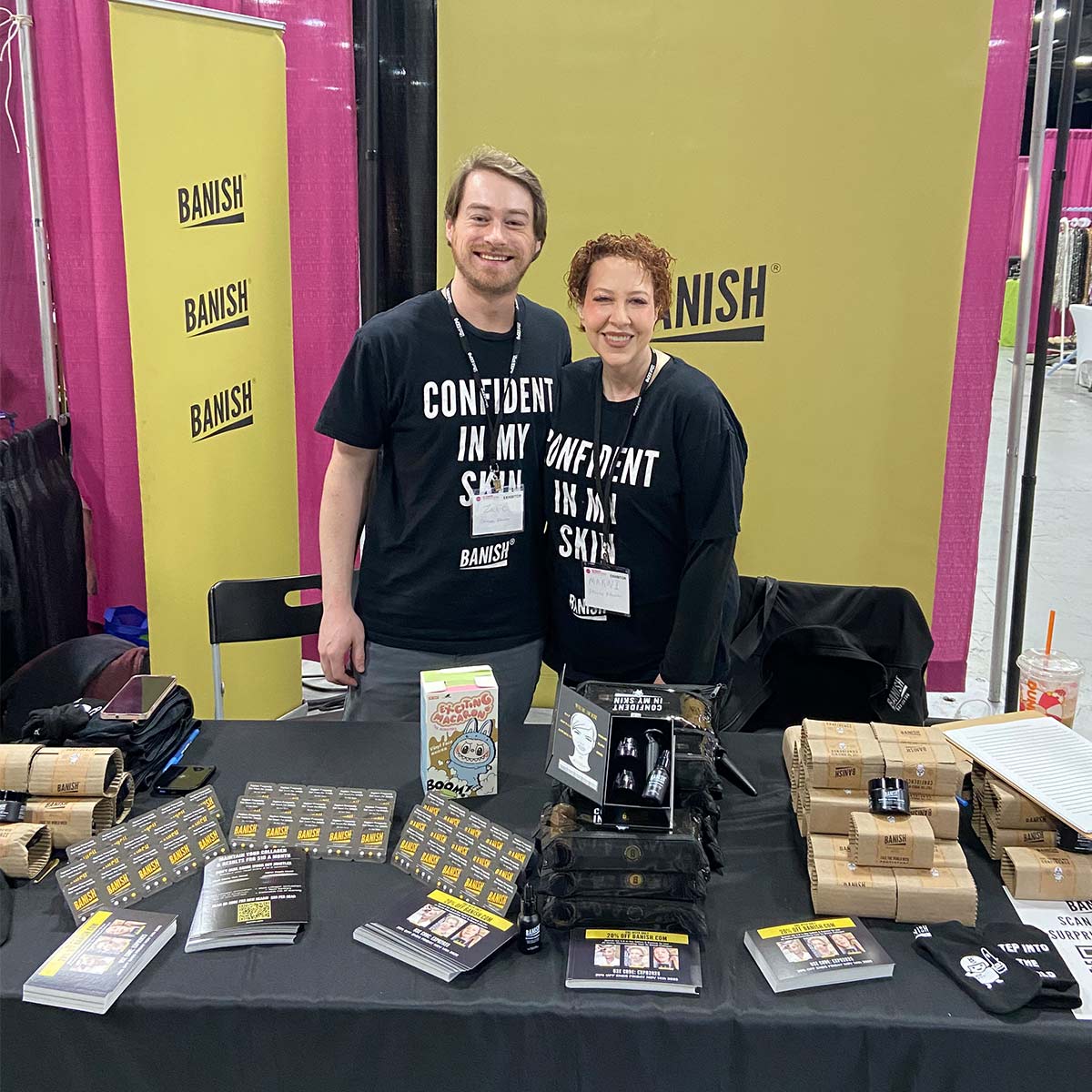
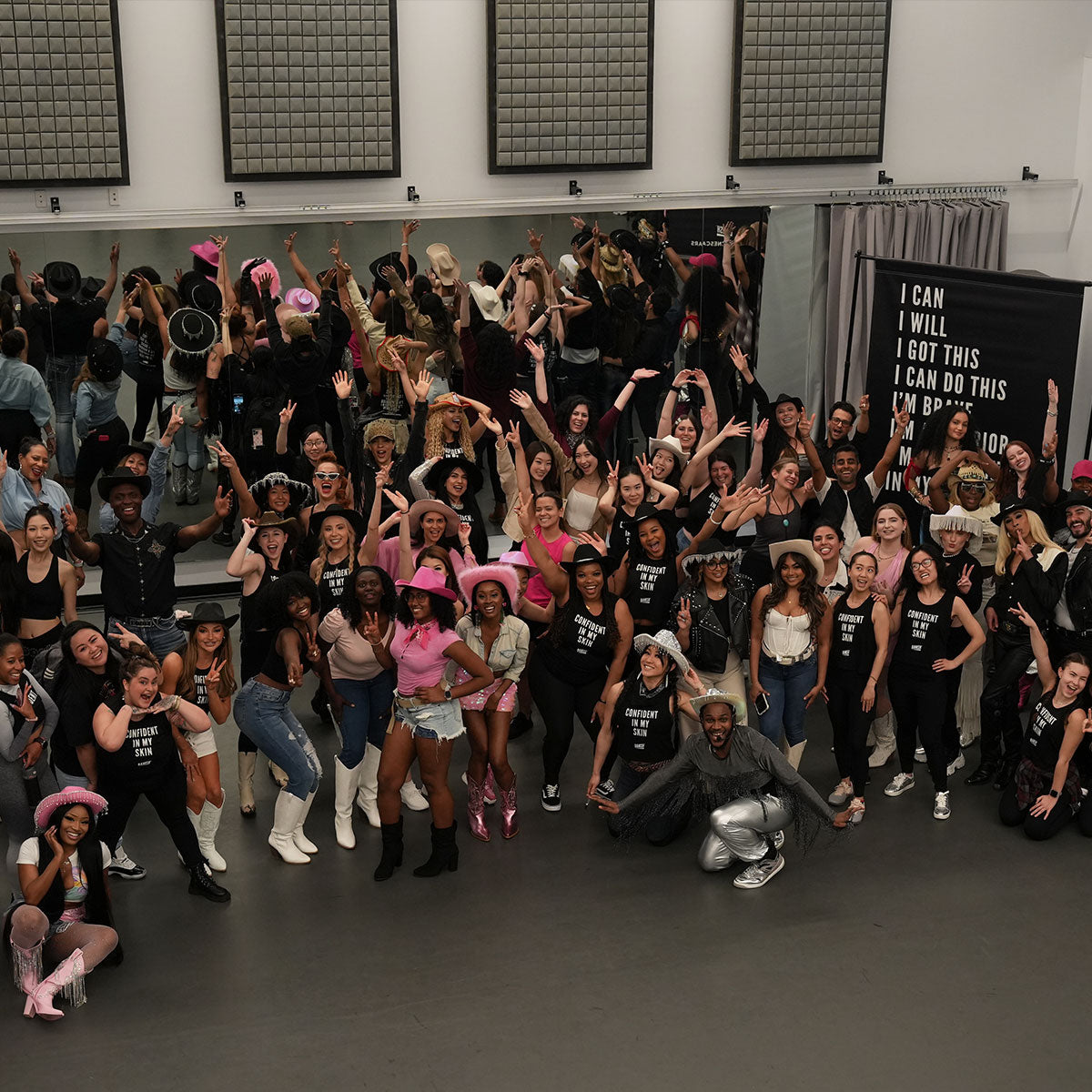
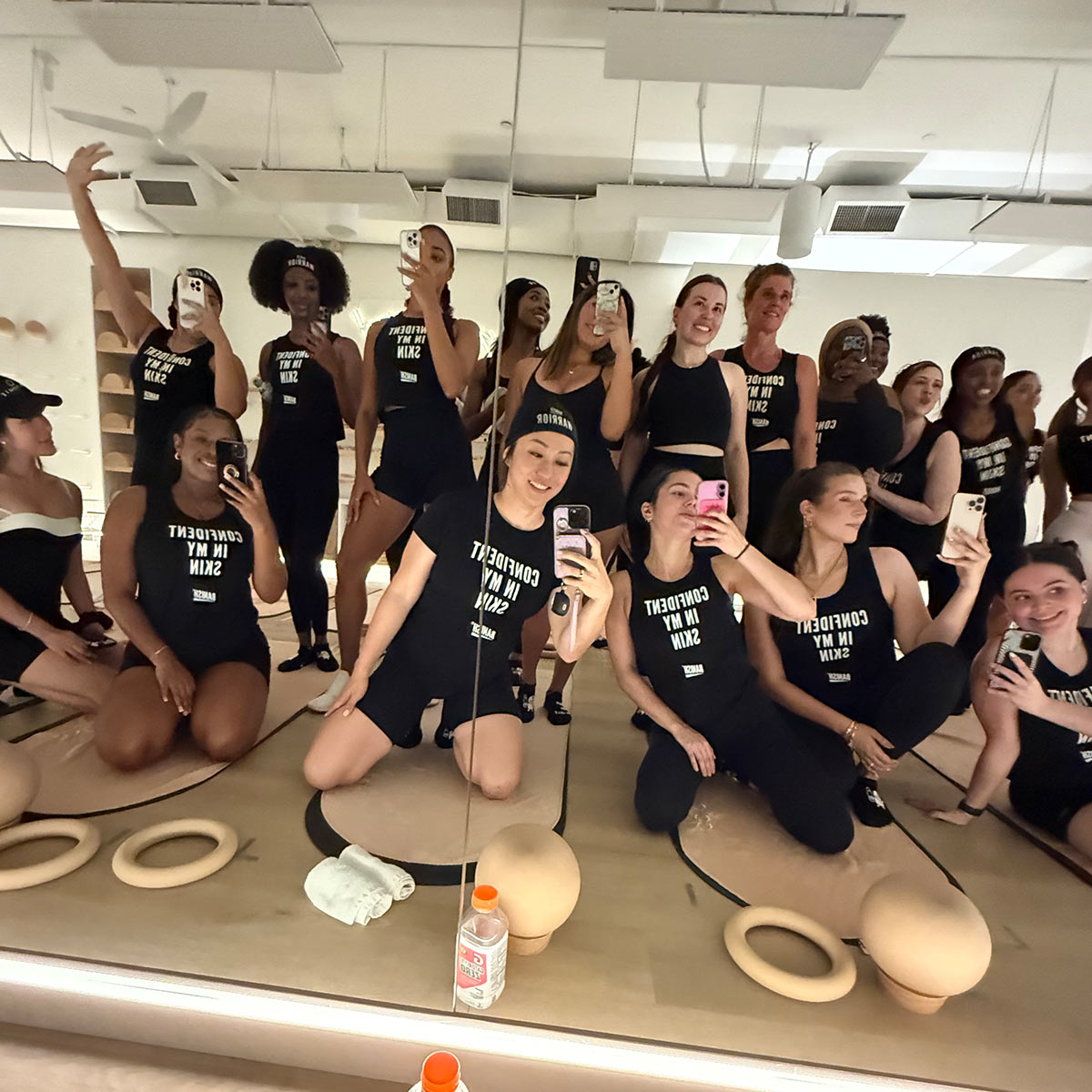

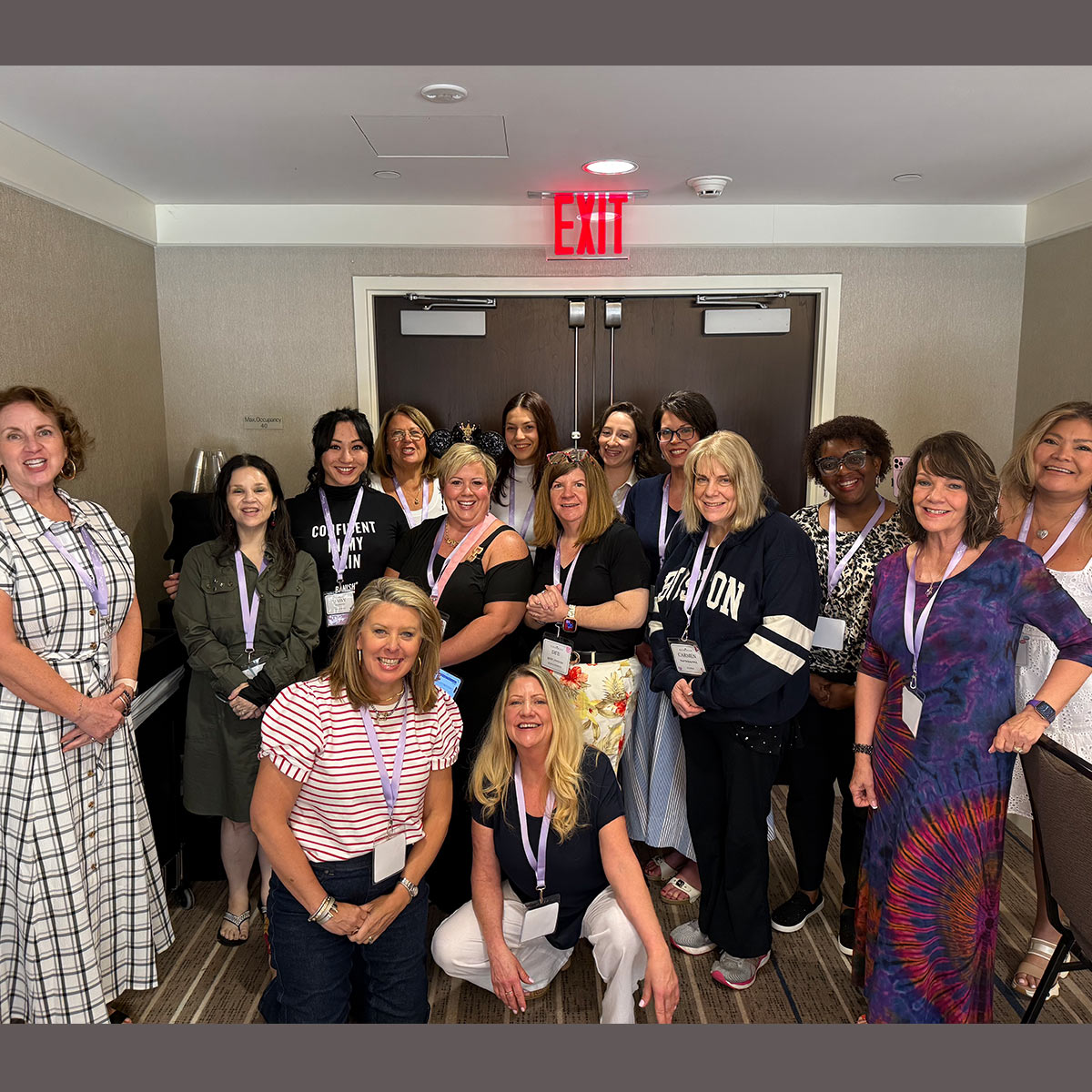


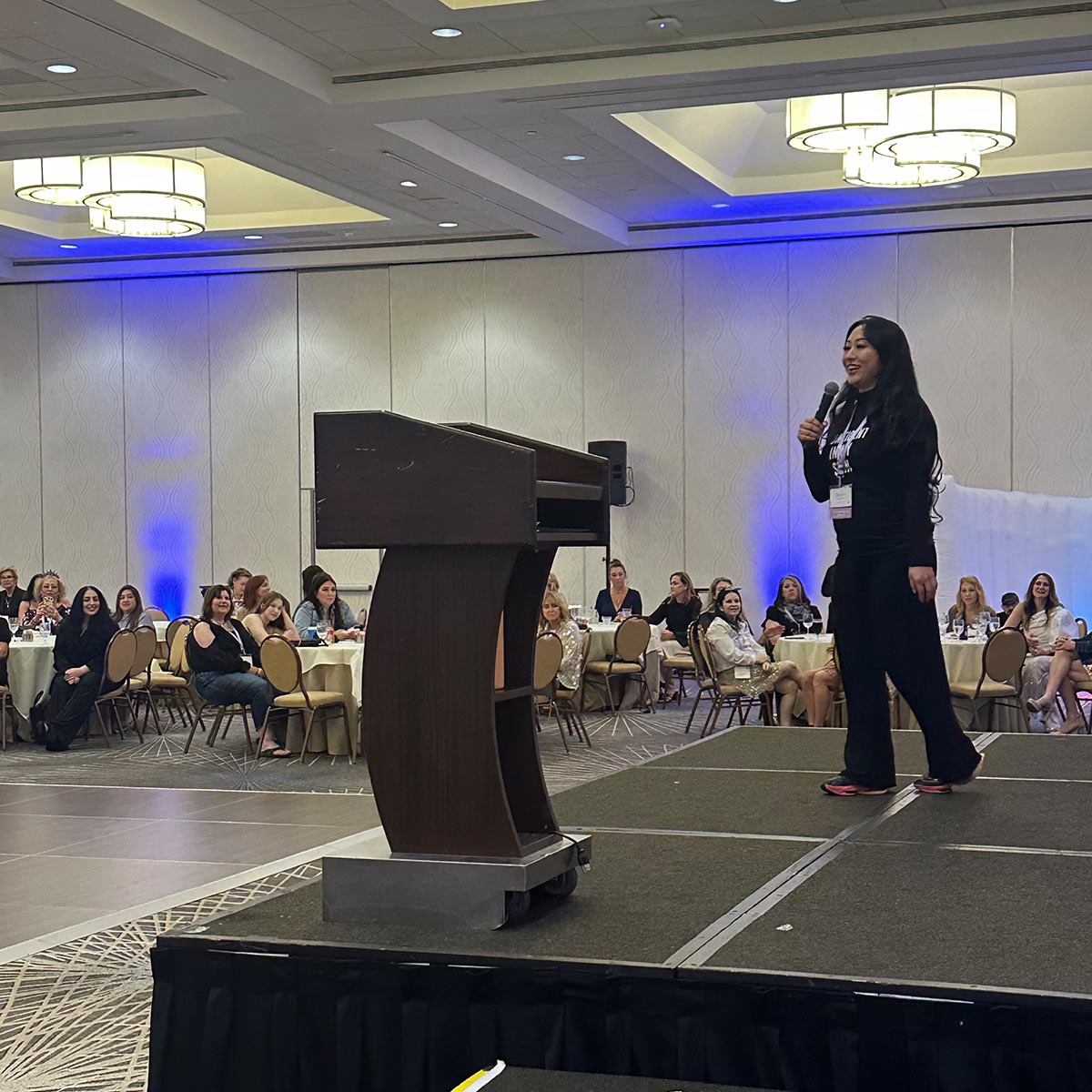
Leave a comment
All comments are moderated before being published.
This site is protected by hCaptcha and the hCaptcha Privacy Policy and Terms of Service apply.